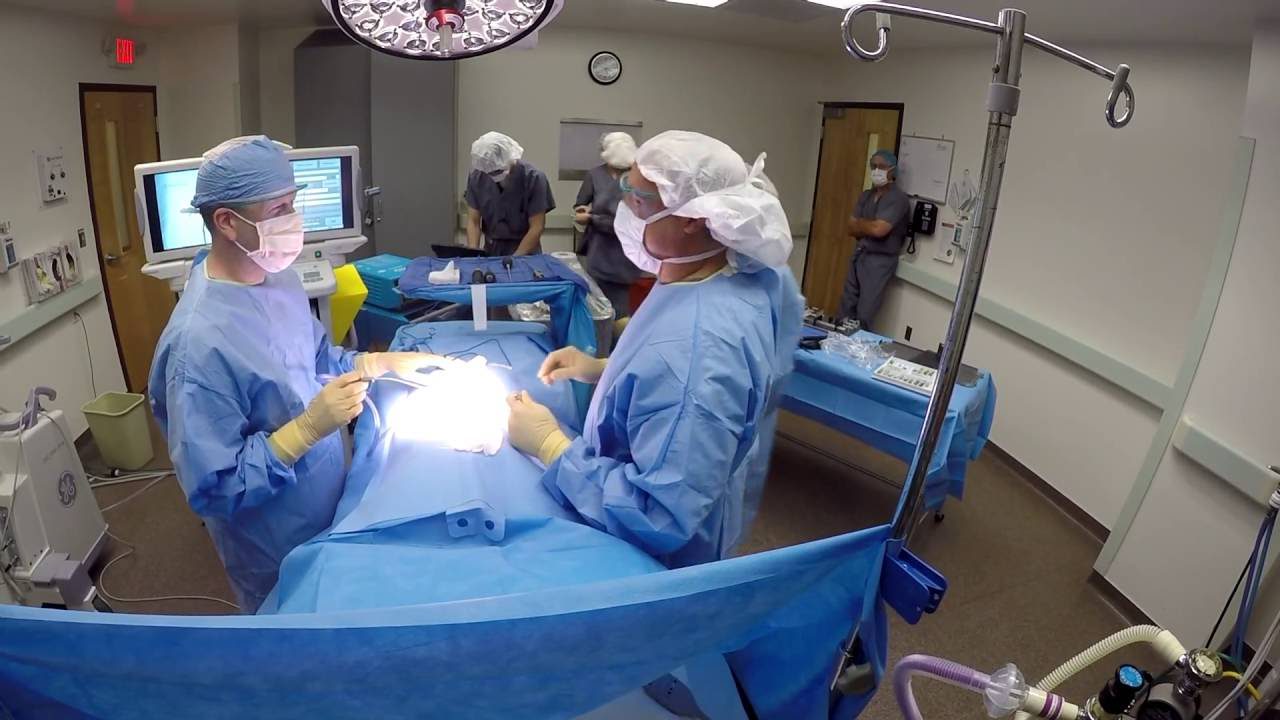First time you hear about the parallel between brainstorming and surgery, you may be tempted to answer brainstorming session is not the same kind of beast, we aren’t accountable for human being life. In fact, you are. And more than you first thought. What you will discover and cover, consider, debate and opt for could have huge impact on you, your team and the whole organization. Don’t get me wrong. I am not pushing unnecessary pressure on your shoulder. In fact, you did it yourself. Aren’t you the ones that came with this brainstorming appealing taxonomy?
Be ready
Have you ever noticed nurse or surgeon entering operating room unprepared? And no, House M.D. doesn’t count for one, he is mainly the exception proving the rule. Prior to engage brainstorming session, ensure you are:
Properly prepared
Take few minutes upstream to sum up what you know about the topic, read prior conclusions, basically know your case. Especially if you are leading the initiative.
Smartly equipped
First and foremost, switch your brain on. Proactively accommodate your needs, e.g., book a room with whiteboard, provide scaffolding agenda or placeholder report, ensure you can sustain live feedback by sharing schemas & screen notes, …
Aware of your role
Operating room team is both limited and curated. Same goes for brainstorming. If you don’t understand your role, think you duplicate or overlap one, or if you consider your contribution as marginal, please rise your concerns early. And feel free to decline. Tailored and involved audience is better than random patchwork.
And last but not least, play as a team. Don’t take over from others. Do respect domain expertise. Agree and disagree with intellectual honesty. Rise your concerns loudly and early. That’s by far how you can maximize the Return of Investment of this brainstorming session.

Focus
Basically, all you can do to ease audience grasping content, rather than losing time and increasing mental overload, must be done. Think how a surgeon operates, hiding everything but the area he is currently working on. Focus is both hard to get and easy to lose. Do yourself a favor: don’t let anything to chance.

It is especially true for architecture and technical discussion. We stressed few months ago the importance to build and share a common mental model. Compiling the full model into a comprehensive poster is useless but for marketing or decoration purposes.
Do NOT use this for brainstorming.
C4 model - the de-facto way to describe and document architecture - is built sticking to this rule, clustering information at the level it belongs to. Complex systems are broken into pieces, and architecture views are narrowed to a given zoom level, preventing our brain to digress.
Do use this for brainstorming.

Closing
Once again, making parallel with well-known situation adds perspective. As you cannot imagine a surgeon operating differently for effective outcome, how should you explain you consciously work around those guidelines for your own work? Be sure to keep it in mind next time you conduct or contribute to brainstorming session.
